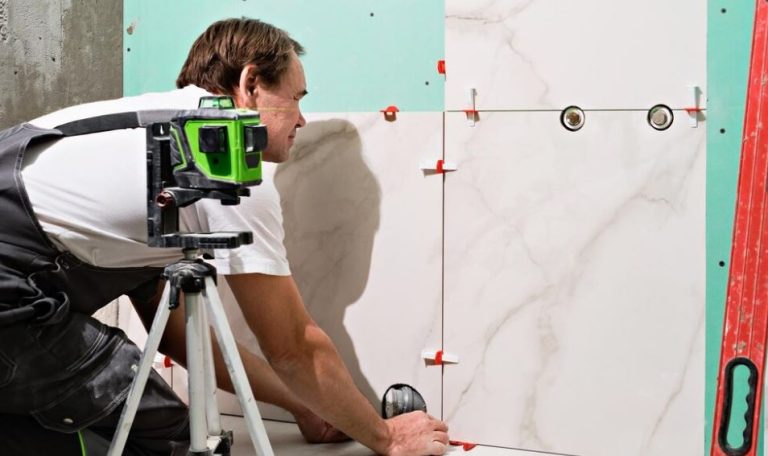The bathroom in American homes has changed from being a purely utilitarian corner to a highly personal and frequently opulent space—a place where convenience, wellness, and beauty all harmoniously coexist. Whether you want to add dual vanities for hectic mornings or soak in a rainfall shower, knowing how much a bathroom remodel typically costs is crucial before the first tile is removed.
Surprisingly, bathroom remodeling in 2025 can cost anywhere from a surprisingly low $1,500 for a small half-bath makeover to well over $100,000 for luxurious spa-style retreats. These large margins are not coincidental; rather, they are a reflection of the scope of the project, the caliber of the materials, and the goals of homeowners who want to combine everyday comfort with design. Consider it the monetary equivalent of creating your own symphony, where each element, from fixtures to flooring, has a significant impact on the finished piece.
| Remodel Type | Estimated Cost Range | Time to Complete | Features Included |
|---|---|---|---|
| Half-Bath Remodel | $1,500 – $15,000 | 5–7 days | Toilet, vanity, mirror, lighting upgrades |
| Guest Bathroom Remodel | $3,500 – $20,000 | 10–14 days | Full fixtures, tiling, shower/bath updates |
| Primary Bath Remodel | $7,000 – $30,000 | 15–25 days | Custom shower/tub, dual sinks, smart features |
| High-End Remodel | $30,000 – $100,000+ | 30+ days | Luxury materials, in-floor heating, expanded layout |
| Wet Room Installation | $2,000 – $30,000 | 10–30 days | Waterproofed surfaces, open design, high-end finishes |
What Determines the Cost? Examining the True Influencers in More Detail
The space’s size
Larger bathrooms require more time, effort, and materials. A powder room renovation could be completed in less than a week. But remodeling a master bedroom? That is a comprehensive project that requires careful planning, including mood lighting and waterproof membranes.
Renovation Depth
It is far less expensive to simply replace old fixtures with new ones rather than redesigning the entire layout. Plumbing rerouting, electrical upgrades, and floorplan reconfiguration projects can quickly add up expenses that may not be immediately apparent but are essential.
Selection of Materials
Choosing stone countertops or handcrafted cabinetry can significantly improve the visual appeal of your bathroom—and its overall cost—much like choosing between an off-the-rack polyester blazer and a tailored wool suit changes your entire appearance.
Geographical Factors
For instance, a remodel in Oklahoma City might cost twice as much as one in New York City. The overall budget is significantly impacted by the wide variations in labor rates, permit fees, and even material availability.
| Component | Estimated Cost Range | Notes |
|---|---|---|
| Bathtub Installation | $215 – $14,700 | Depends on type—standard vs. freestanding or whirlpool |
| Shower Installation | $390 – $17,000 | Includes fixtures, tiles, enclosures |
| Vanity/Cabinetry | $200 – $10,000+ | Custom vanities can dramatically raise prices |
| Flooring (Vinyl/Laminate) | $1 – $14/sq. ft. | Heated floors cost significantly more |
| Light Fixture Installation | $150 – $930 | Energy-efficient LED options are trending |
| Countertops | $1 – $190/sq. ft. | Marble, granite, or engineered quartz top the list |
| Ventilation Fan | $400 | Crucial for preventing moisture damage |
Return on Investment: Does It Make Sense Financially?
Homeowners have significantly increased their renovation awareness over the last ten years, viewing improvements as both calculated investments and lifestyle enhancements. According to Remodeling Magazine’s 2024 report, a mid-range bathroom remodel can yield a 74% return on investment. That’s a remarkably efficient method of increasing real estate value while enhancing everyday living.
Bathrooms are slightly less appealing than kitchens when it comes to resale value. Customers are drawn to modern, useful, and visually appealing bathrooms, particularly when classic designs and smart technology are carefully integrated.
Clever Ways to Make Your Budget Go Further
You can accomplish gorgeous results without breaking the bank by carefully striking a balance between luxury and functionality. For example, you can significantly lower installation costs by preserving plumbing lines. Small choices like selecting porcelain tiles over stone or going with ready-to-assemble cabinets can result in big savings.
Some homeowners opt for phased remodeling, updating the shower, tub, and tile work first, then spending money on vanity and mirror upgrades. In addition to distributing costs, this phased approach enables flexible decision-making as the project develops.
Trending: Combining Flair and Function
According to design trends for 2025, bathrooms are evolving into extremely functional havens. The innovation is especially remarkable, ranging from voice-activated smart mirrors to matte black fixtures. In order to create elegantly modern spaces that feel connected to nature, designers are increasingly incorporating stone finishes, wood elements, and warm whites.
Surprisingly, heated flooring, hands-free faucets, and programmable showers are no longer exclusive to mansions worth millions of dollars. Thanks to broader manufacturer adoption and improved accessibility, these features are now surprisingly inexpensive.
Why Adding a Personal Touch Is Important
“The bathroom is no longer just a pit stop,” said Jim Fuson, a home inspector with decades of experience. People begin and end their days there, so it must feel appropriate. In order to accommodate their new systems, Fuson’s clients are regularly adding dual-head showers, installing daylight-like lighting, and—most importantly—upgrading to tankless water heaters.
Their decisions reveal a larger change. Older designs and low lighting are no longer acceptable to homeowners. They are creating incredibly personalized spaces that support long-term aging-in-place plans, accommodate their routines, and showcase their personal style.


